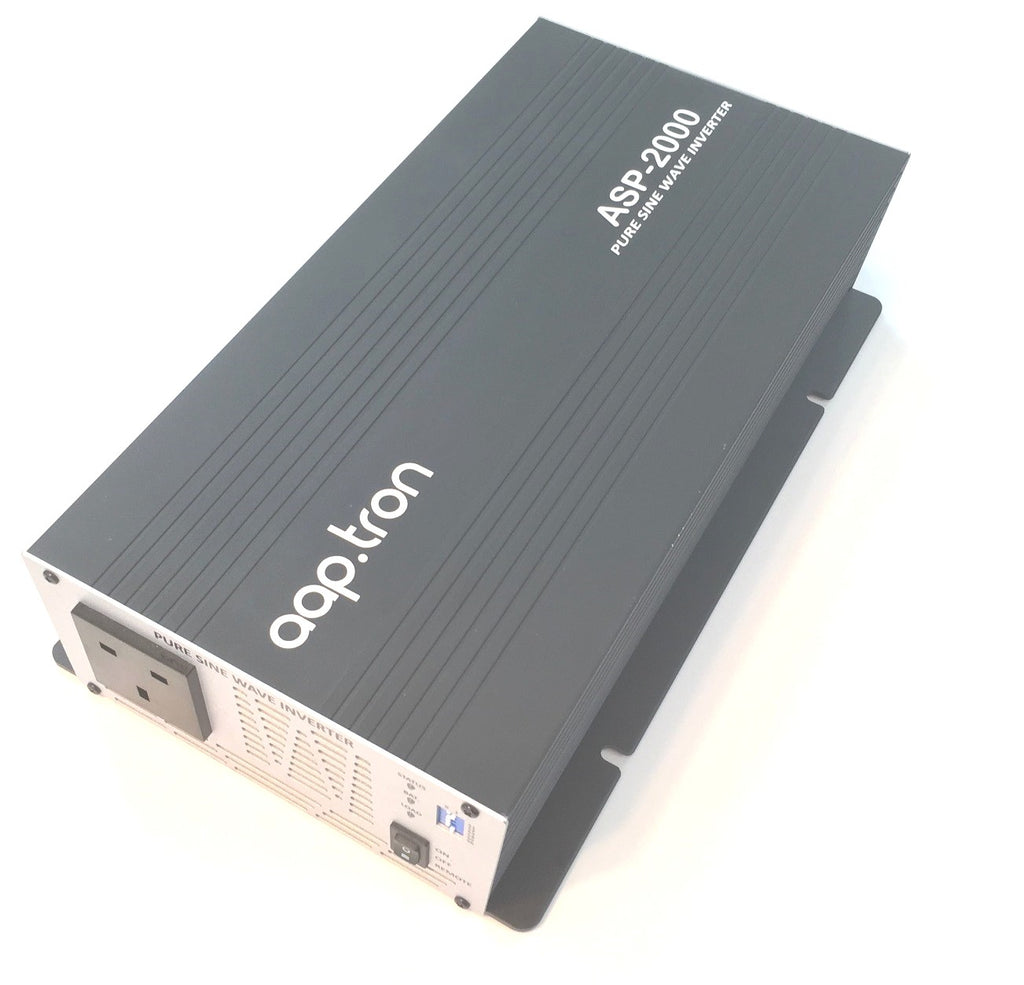There are two types of inverters Modified (sometimes known as Quasi or Square Wave), and Pure Sine Wave. Modified or Quasi types are a generally a lower cost option compared to Pure Sine Wave types, but beware using Modified can come with a hidden cost. Both types will perform within their given specifications depending on the type of equipment being used, however some equipment will not perform as well or last as long if powered by modified types. The deciding factor if budget allows should always be to opt for a pure sine wave type inverter as these will perform well with all types of electrical loads and are generally more power efficient.
In general most types of capacitive loads such as modern power tool chargers are not compatible with modified sine wave inverters. Used with this type of load a modified inverter can cause an excessive current, which can result in heat build-up and reduced performance and life expectancy of the equipment being powered.
Types of AC Loads Explained:
Resistive: these will operate on both modified and sine wave inverters and generally have a consistent power draw. For example, a 500-watt standard lamp will draw 500 watts of power from the inverter.
Inductive: these are loads that contain wire coils, solenoids or transformers, such things that might be found in motors, fridges, pumps etc. Although this type of load will operate on both modified and pure sine wave inverters, they perform much better on pure sine wave type inverters. It is worth remembering that these types of loads can draw up to 10 times more power at start up, for example a normal operating load of 200 watts could require as much as 20,000 watts on initial start-up.
Capacitive: equipment with capacitive loads can produce sudden surges of current during both start up and during running. This is due to the capacitors used in the power supply to control the power, this can often be found in modern power tool chargers. It is very common to hear the comment my 1000-watt inverter will not power my 500-watt charger and this is generally the result of a modified sine wave inverter being used and going in to overload due to high current spikes.
Conclusion: if budget allows always go for a pure sine wave inverter and allow for more power than you think you need.
Products In This Article




